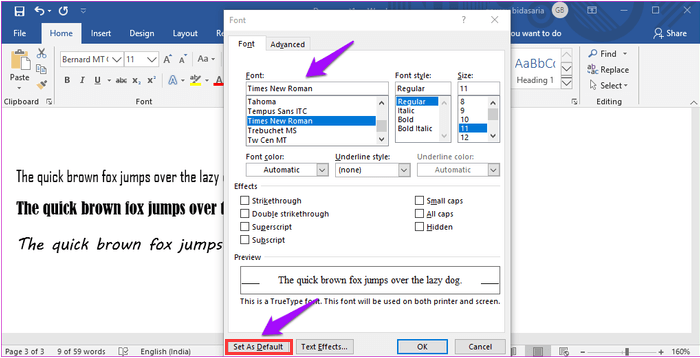Windows macOS To use your favorite font in Word all the time, set it as the default. Go to Home, and then select the Font Dialog Box Launcher. Select the font and size you want to use. All versions of Office from 2007 and above use the same default file formats, so you don't have to worry about compatibility if you and your team are working in, say, Word 2007, 2010, 2013, or 2016. A general guide on converting PDF to Word, OpenOffice & RTF. Determine which output format fits your needs. Compatibility chart included. Apr 15, 2016 All versions of Office from 2007 and above use the same default file formats, so you don't have to worry about compatibility if you and your team are working in, say, Word 2007, 2010, 2013, or 2016.

We’ve all used TextEdit before and though it’s a nice text editor in its own right, almost every one of us prefers to use other software, including the ever-popular Microsoft Word, Apple’s own Pages, and NeoOffice. It’s under appreciated, which is why numerous Mac users are looking for ways to change their default text editors.
Although you can always choose to open your text documents by right-clicking and picking the Open With option, there are people who want to save up fingertip stamina by merely double-clicking the selected text files. Fortunately, there are several ways you can change the default text editor on a Mac.
Using Get Info
Let’s say you have a document you’re editing for the long-term and it will stay for days on one of your folders. Given that when you open it, the Mac’s default settings will always lead to it opening on TextEdit. To change this, one of the ways to do this is to resort to change the default text editor by accessing the Get Info menu. Here’s how to do it:


- First, right-click on the document and a drop down menu will appear.
- Select Get Info.
- After the menu appears there’s a drop down box labeled Open with. Select your preferred text editor from the list. Note that the drop down box may not hold certain word processing programs currently installed on your computer.
You can also use this method to set particular file extensions to open at a program of your choosing.
To do this, simply follow these steps:
- First, right click on the selected file.
- Open the Get Info option.
- Instead of choosing a program from the drop down box, click on Other.
- Pick a program from Finder and once you picked the appropriate one, select it.
- Below the drop down box, a Change All button will appear.
- Click on the said button and a dialogue box – as shown in the picture above – will appear. Click on Continue to open all files with a .docx extension.
Set Microsoft Word As Default For Rtf On Mac Free
You can repeat this for other file types as necessary, particularly on RTF, doc, and txt.
Using the Terminal
Set Microsoft Word As Default For Rtf On Mac Download
Although the above mentioned method is the easiest way you can change your default text editors, you can go take the long way out by using the Mac’s Terminal. Simply go over this Stack Exchange thread to get a clear idea on how to do it.

However, we really don’t recommend using the Terminal for this, given that it’s utterly complicated and you might make a mistake in editing your configuration files. It’s also pretty technical and anyone without proper programming experience would not understand how to do all of it.
Set Microsoft Word As Default For Rtf On Mac Desktop
Although TextEdit is undoubtedly useful (but only for limited functions), its not a go-to solution for all your word processing tasks. There are several other apps and programs, like MS Word, Open Office, and Sublime Text 2 that can cater to your work-related needs.
To save precious seconds, simply follow the above mentioned procedures and you will find yourself able to open your preferred word processors with a couple of clicks.